What is the Keystone XL Pipeline? The Keystone Pipeline already exists. What doesn’t exist fully yet is its proposed expansion, the Keystone XL Pipeline. The existing Keystone runs from oil sand fields in Alberta, Canada into the U.S., ending in Cushing, Oklahoma. The 1,700 new miles of pipeline would offer two sections of expansion. First, a southern leg would connect Cushing, Oklahoma with the Gulf Coast of Texas, where oil refineries exist in abundance. That leg went into operation in January 2014. Second, the pipeline would include a new section from Alberta to Kansas. Here, it will pass through a region where oil extraction is currently booming and take on some of this crude for transport.The southern leg of the Keystone XL ties into the existing Keystone pipeline that already runs to Canada, bringing up to 700,000 barrels of oil a day to refineries in Texas. At peak capacity, the pipeline will deliver 830,000 barrels of oil per day.
What is the current state of the Keystone XL Pipeline addition to Canada? TransCanada has been attempting to get a permit for the pipeline project for more than five years. Since the northern leg of the pipeline crosses international borders, TransCanada needs to obtain a Presidential Permit through the State Department for construction of the portion of the pipeline that goes from Canada to the U.S. Most recently, in mid-April 2014, the Obama administration postponed again a decision on a Presidential Permit, citing uncertainty about a court case in Nebraska over the pipeline’s route. While the northern leg stalled, TransCanada went ahead on the southern leg. In the image below the blue dashed line is the section in question.
How many jobs will the pipeline create? The numbers vary largely, so there is not a clear consensus on how many jobs will be created. TransCanada estimates the pipeline would bring 20,000 new jobs to the US. The State Department released a report in March 2013 stating that the pipeline could (directly or indirectly) create up to 42,000 jobs, including 3,900 construction jobs. But President Obama refuted that in July 2013, claiming “the most realistic estimates are this might create maybe 2,000 jobs during the construction of the pipeline, which might take a year or two, and then after that we’re talking about somewhere between 50 and 100 jobs in an economy of 150 million working people.” Some estimates have gone as high as 500,000, but that number seems very unrealistic.
What are the environmental impacts? One of my resources, the Natural Resources and Defense Council opposes the pipeline, largely due to the environmental impacts. They are not alone, as there are many who agree that the pipeline is damaging to the environment. A large issuse comes from the use of tar sands found in the deposits in Canada. The scientific name for tar sand is bitumen, a mixture of clay, sand, water, and oil that with modern technology can be refined into usable oil. Critics say that it is more corrosive than conventional oil. A report by a coalition of critics that include the Sierra Club and the Natural Resources Defense Council claimed that “bitumen blends are more acidic, thick and sulfuric than conventional crude” and “contain significantly higher quantities of abrasive quartz sand particles.” There are worries that it could cause corrosion and therefore leaks in the pipeline. There have been leaks in the past, however, they have been due to faulty fittings and seals at pump or valve stations. Environmentalists also point to the process of refining tar sands oil, saying it will create large amounts of greenhouse gas emissions, though the exact percentage increase is debated.
References:
1. Natural Resources Defense Council
http://www.nrdc.org/energy/keystone-pipeline/
2. TransCanada
http://keystone-xl.com/about/the-keystone-xl-oil-pipeline-project/
3. State Impact
https://stateimpact.npr.org/texas/tag/keystone-xl-pipeline/





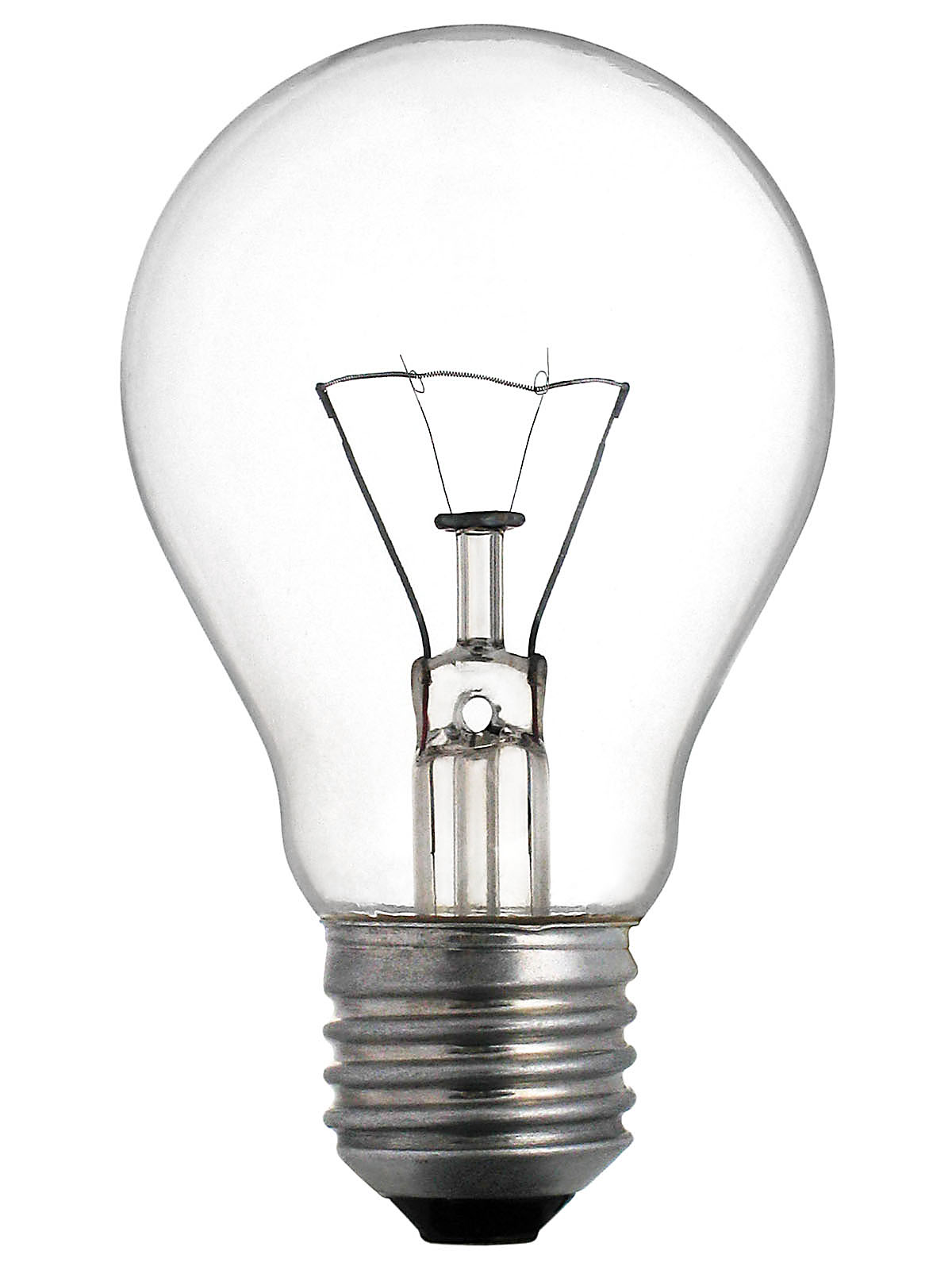





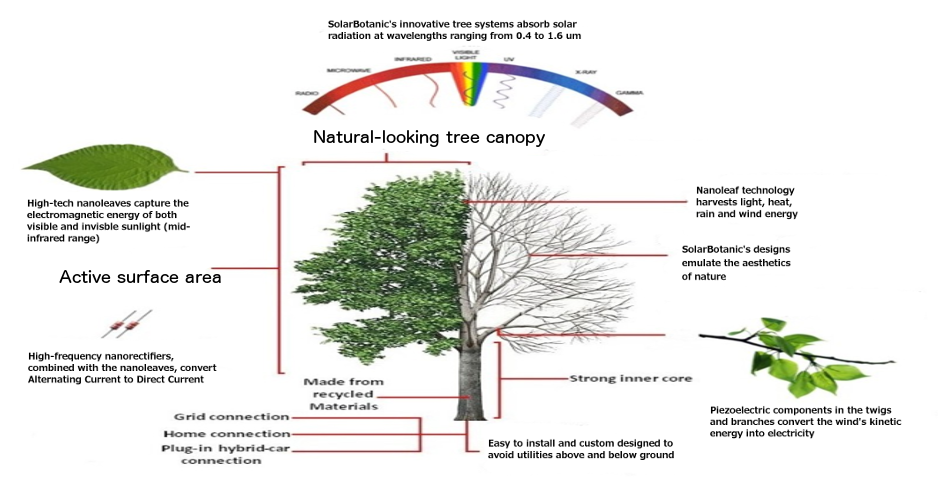

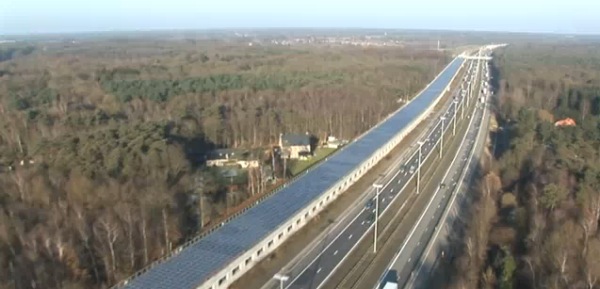
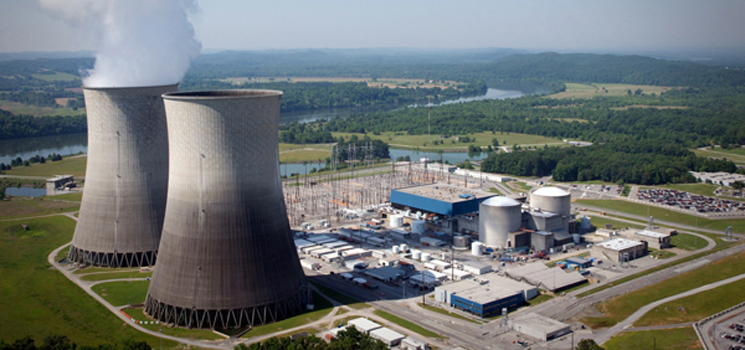


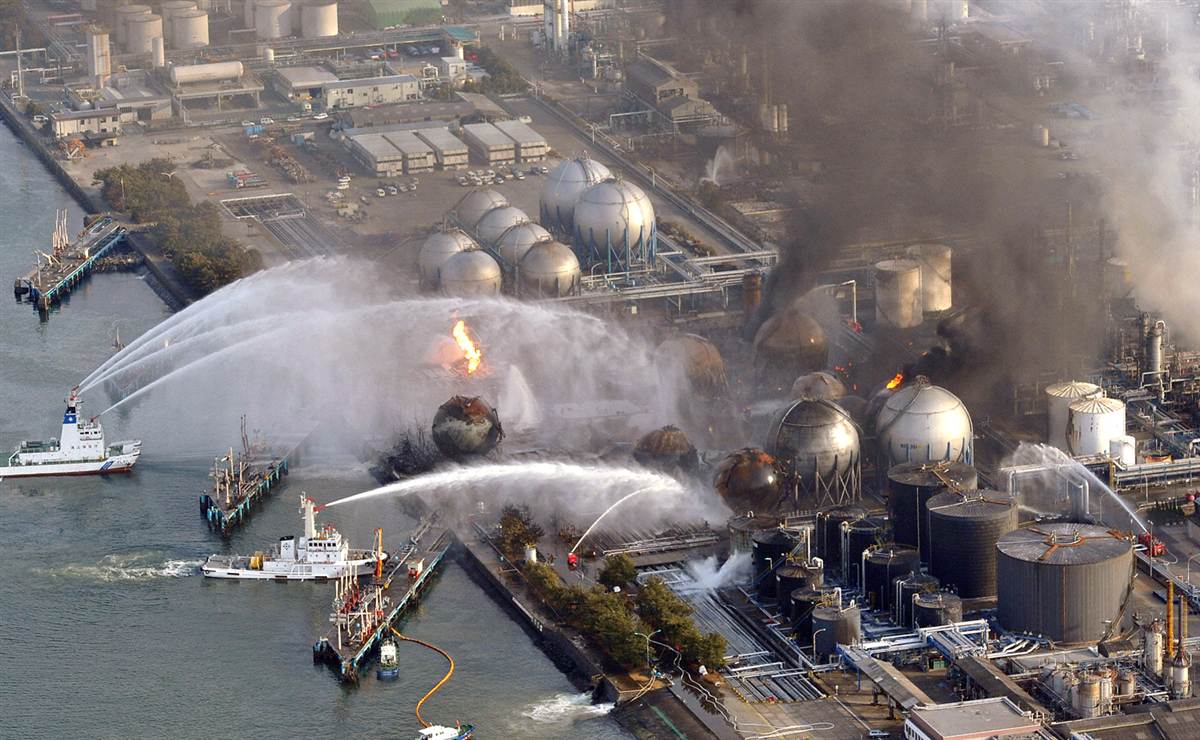





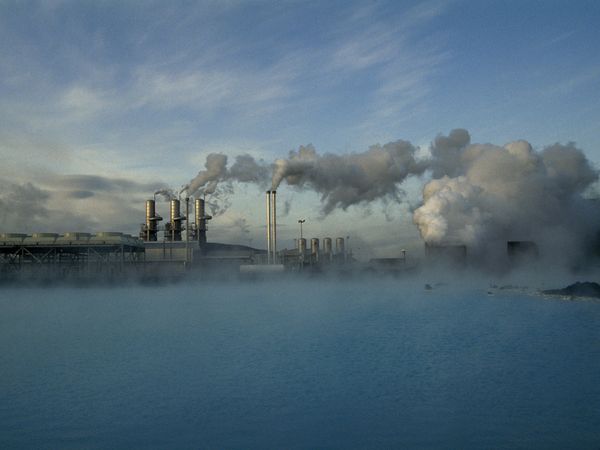


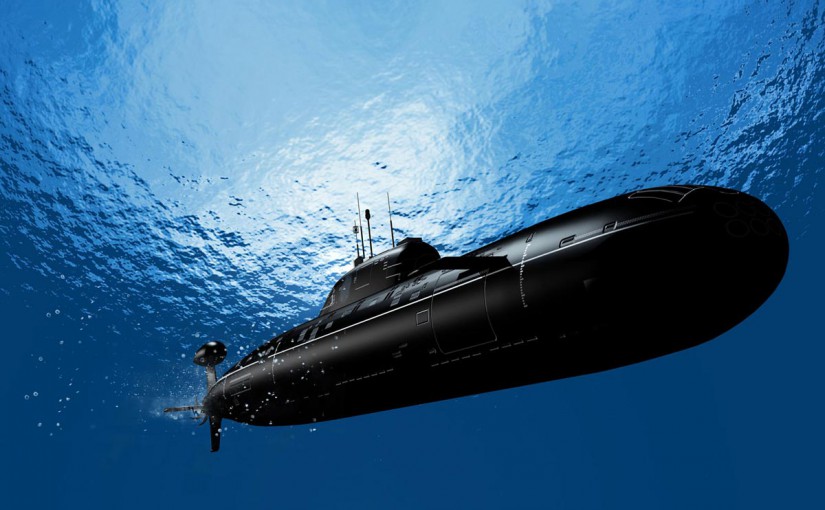



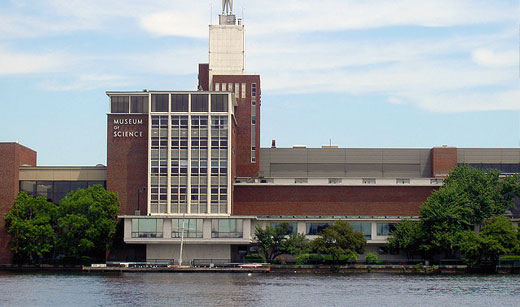


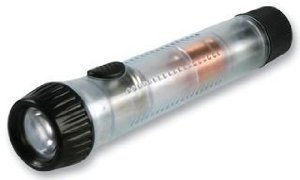



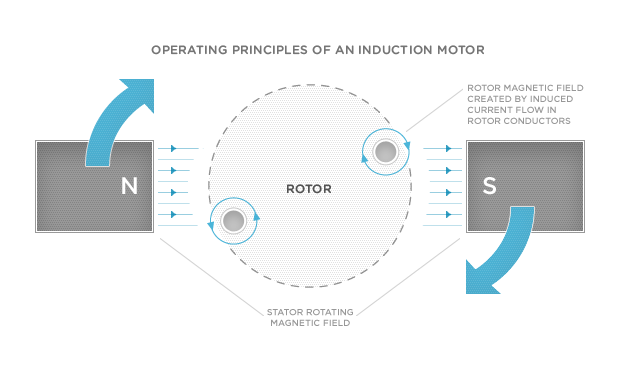



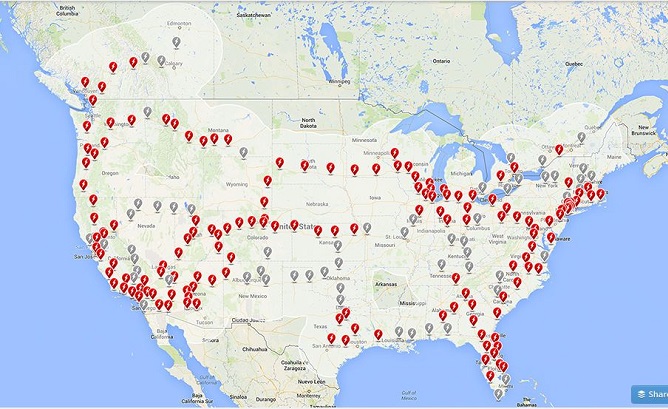
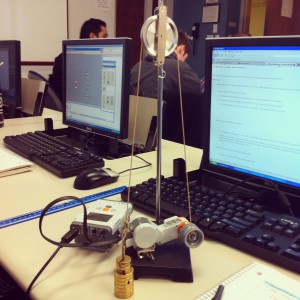



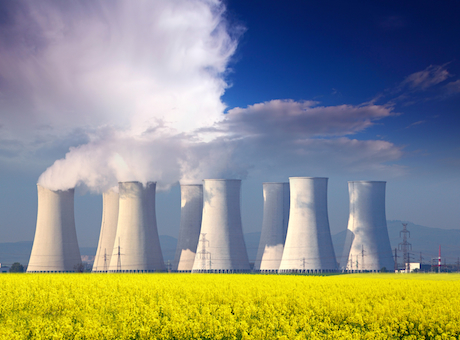
 How does a natural gas power plant work? The first step at a natural gas power plant is pumping the natural gas into the turbine. There it is mixed with air and burned, creating heat energy. Combustion gas is also created. The heat causes the combustion gas to expand causing a buildup of pressure. The pressure drives the combustion gas over the blades of the gas turbine, causing it to spin, converting some of the heat energy into mechanical energy. A shaft connects the gas turbine to the gas turbine generator so when the turbine spins, the generator spins as well. Using an electromagnetic field, the generator converts the mechanical energy into electrical energy. The combustion gas is then piped to the heat recovery steam generator where it is used to heat pipes of water, turning the water to steam, before leaving through the exhaust stack. The hot steam expands in the pipes and emerges under high pressure. These high-pressure steam jets spin the steam turbine. The steam turbine is connected by a shaft to the steam turbine generator, which converts the turbine’s mechanical energy into electrical energy.
How does a natural gas power plant work? The first step at a natural gas power plant is pumping the natural gas into the turbine. There it is mixed with air and burned, creating heat energy. Combustion gas is also created. The heat causes the combustion gas to expand causing a buildup of pressure. The pressure drives the combustion gas over the blades of the gas turbine, causing it to spin, converting some of the heat energy into mechanical energy. A shaft connects the gas turbine to the gas turbine generator so when the turbine spins, the generator spins as well. Using an electromagnetic field, the generator converts the mechanical energy into electrical energy. The combustion gas is then piped to the heat recovery steam generator where it is used to heat pipes of water, turning the water to steam, before leaving through the exhaust stack. The hot steam expands in the pipes and emerges under high pressure. These high-pressure steam jets spin the steam turbine. The steam turbine is connected by a shaft to the steam turbine generator, which converts the turbine’s mechanical energy into electrical energy.
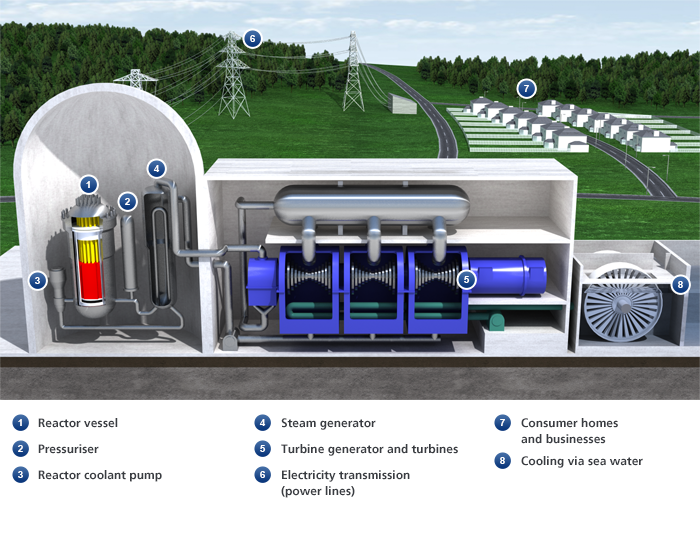


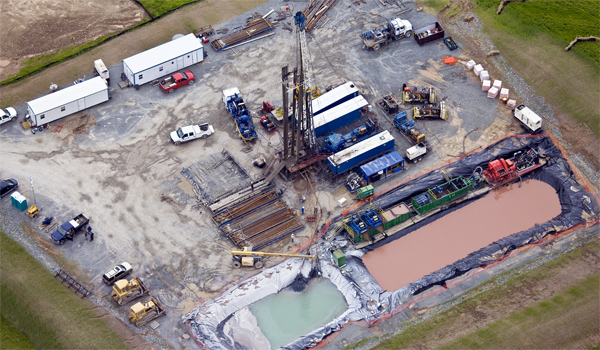


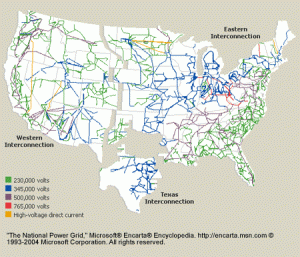
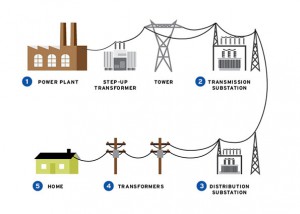 What are Smart Grids?- Smart grids are a way of modernizing the power grid by adding technology to the current grid such as meters, sensors, and synchrophasors. This incorporation of digital technology enables communication between the grid, consumers, and the operating network providing data on consumption, voltage, damage, and potential problems among others. According to the US Energy Information Administration, “A smarter grid makes the electrical system more reliable and efficient by helping utilities reduce electricity losses and to detect and fix problems more quickly. The smart grid can help consumers conserve energy, especially at times when demand reaches significantly high levels or when an energy demand reduction is needed to support system reliability.”
What are Smart Grids?- Smart grids are a way of modernizing the power grid by adding technology to the current grid such as meters, sensors, and synchrophasors. This incorporation of digital technology enables communication between the grid, consumers, and the operating network providing data on consumption, voltage, damage, and potential problems among others. According to the US Energy Information Administration, “A smarter grid makes the electrical system more reliable and efficient by helping utilities reduce electricity losses and to detect and fix problems more quickly. The smart grid can help consumers conserve energy, especially at times when demand reaches significantly high levels or when an energy demand reduction is needed to support system reliability.”